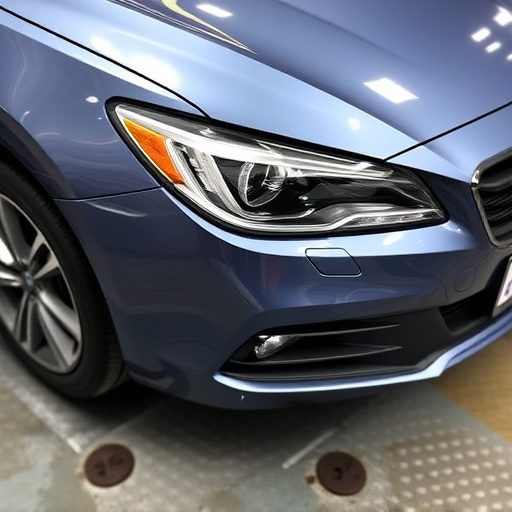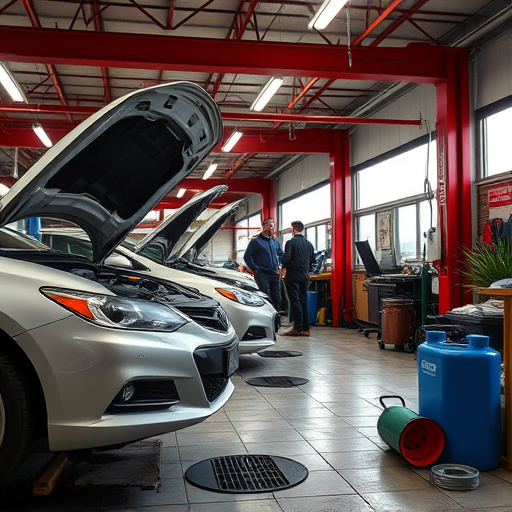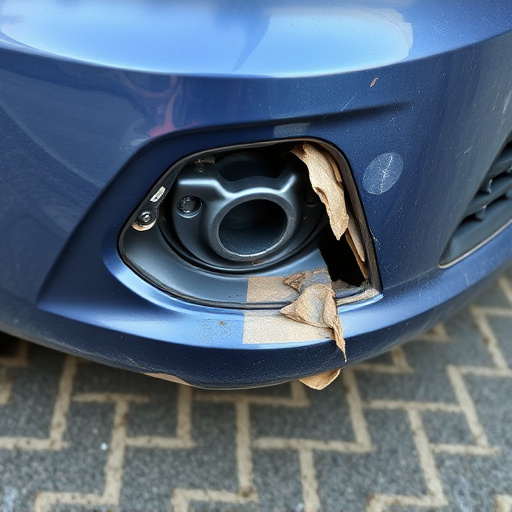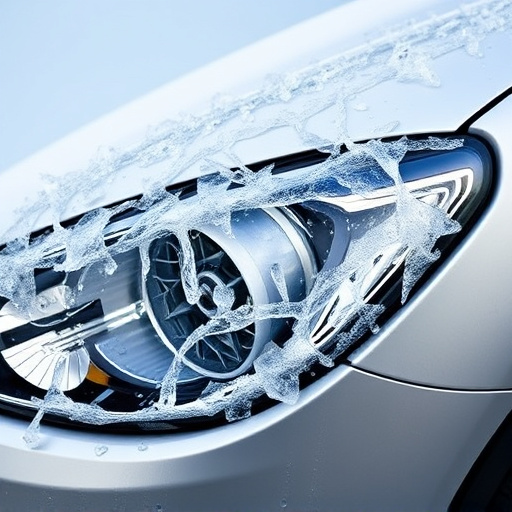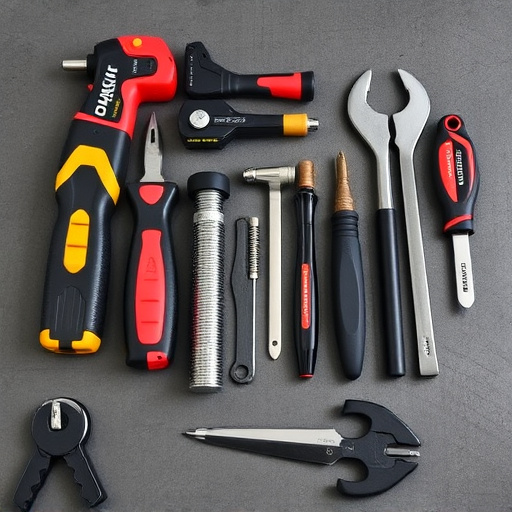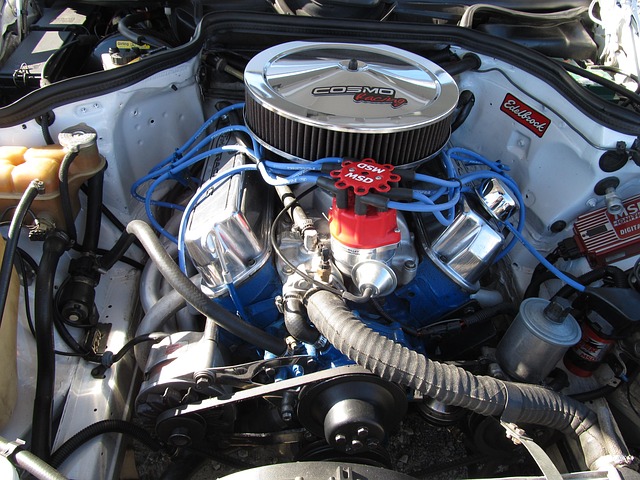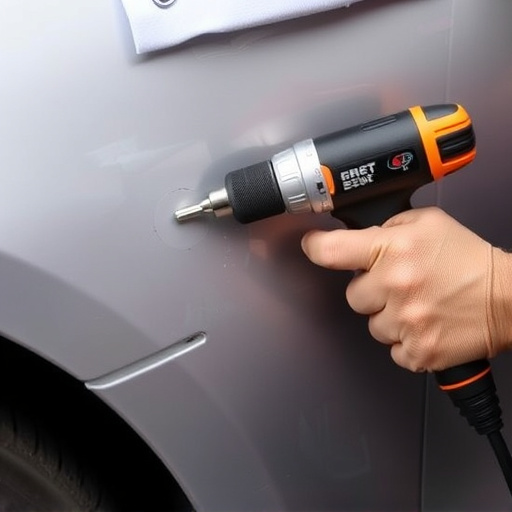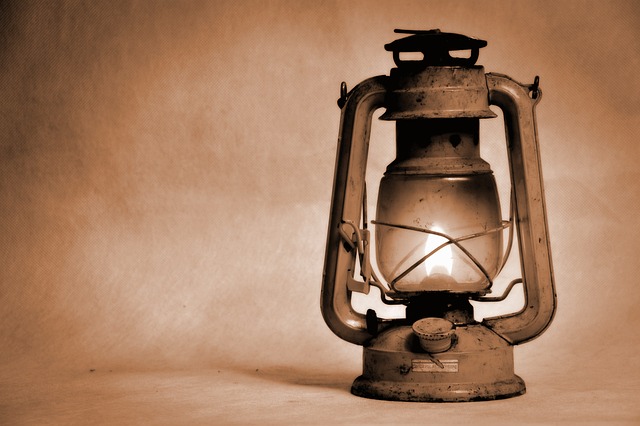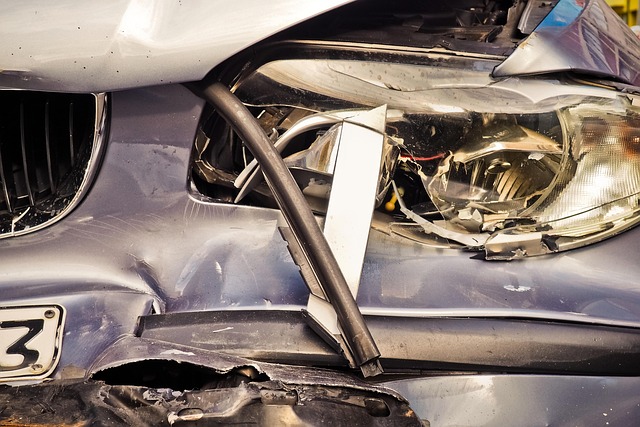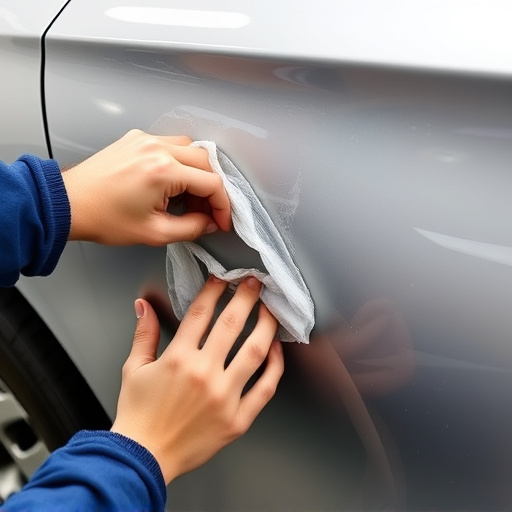Car paint restoration, driven by advancements like CAD design, robotic painting systems, 3D scanning, and digital color matching, achieves near-perfect factory finishes for high-end cars. This technology expedites repairs while meticulously preserving original aesthetics, increasing resale value, protecting against environmental damage, and reducing future repainting needs. Costs vary based on vehicle state, age, and model, but the long-term benefits significantly outweigh initial expenses, enhancing both driving experience and vehicle value.
Is modern car paint restoration a worthy investment? With advancements in technology, the automotive industry offers more options than ever for restoring car paint. From cutting-edge tools to innovative products, this process aims to revive vehicles’ exterior appearances. This article explores the current landscape of car paint restoration, its benefits for vehicle owners, and crucial factors to consider when deciding if this investment is right for your ride, weighing the costs against potential gains.
- The Current State of Car Paint Restoration Technology
- Benefits and Considerations for Car Owners
- Factors Influencing the Worth of Investment in Car Paint Restoration Today
The Current State of Car Paint Restoration Technology

The current landscape of car paint restoration technology is a testament to the advanced capabilities of modern auto care. With innovations in materials science and precision tooling, today’s restoration processes have evolved far beyond traditional methods. Modern car paint restoration techniques, such as computer-aided design (CAD) and robotic painting systems, ensure seamless blends that are nearly indistinguishable from factory finishes. These advancements not only speed up the repair process but also enhance accuracy, resulting in superior aesthetic outcomes.
Moreover, the integration of advanced technologies like 3D scanning and digital color matching allows for precise frame straightening and restoration, even in complex cases. This is particularly evident in high-end automotive collision repair, where meticulous attention to detail is required, such as in repairing a prestigious Mercedes-Benz. The combination of cutting-edge technology and skilled technicians ensures that car paint restoration today is not just about fixing damage but also about preserving the vehicle’s original beauty and value.
Benefits and Considerations for Car Owners

Car paint restoration offers several compelling benefits for car owners. It not only enhances the aesthetic appeal of a vehicle, making it look as good as new, but also increases its resale value. A restored coat of paint can transform an older car into a sleek and modern ride, potentially adding considerable worth to your investment. Moreover, regular car paint restoration can protect the underlying surface from harsh weather conditions, UV rays, and other environmental factors that can cause degradation over time.
However, considering the cost of car paint restoration, especially compared to alternative auto repair services like bumper repair or auto body painting, is crucial. While it might seem like a significant upfront investment, the long-term benefits are substantial. Properly restored paintwork can last for years, reducing the need for frequent repainting or touch-ups. This not only saves money but also minimizes downtime associated with auto repair services. Remember that a well-maintained exterior is key to preserving the overall condition and value of your vehicle.
Factors Influencing the Worth of Investment in Car Paint Restoration Today
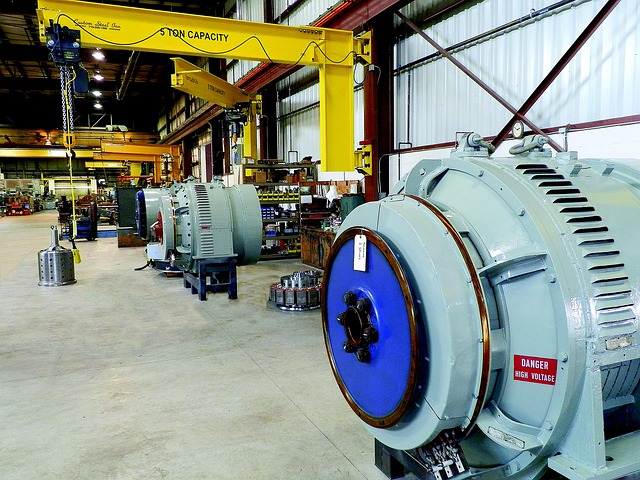
In determining whether car paint restoration is worth the investment, several factors come into play. The current state of your vehicle’s paint job is a primary consideration; minor scratches and swirls can often be rectified, but extensive damage may require more intensive procedures like bumper repair or even a complete re-spray. The cost of these services varies widely depending on the extent of restoration needed, with auto body shops charging different rates for their work.
Additionally, the age and model of your car play significant roles; newer vehicles might have more durable paint finishes, making restoration less expensive compared to classics or older models that may need specialized care. The overall value of your car in the market also influences the decision; if your vehicle is already high in demand, even modest cosmetic improvements through car paint restoration could enhance its resale or trade-in value. Furthermore, considering auto maintenance as a broader perspective, restoring your car’s paint can significantly improve its aesthetic appeal, driving comfort, and overall ownership experience.
Car paint restoration, powered by modern technology, offers significant benefits to car owners today. From enhancing aesthetics to increasing vehicle resale value, the investment can be worthwhile for those seeking to revive their ride’s original gleam. However, factors like cost, the condition of the paint, and personal priorities should be carefully considered before embarking on this process. Ultimately, whether car paint restoration is worth it depends on individual needs and the desired level of vehicle rejuvenation.
